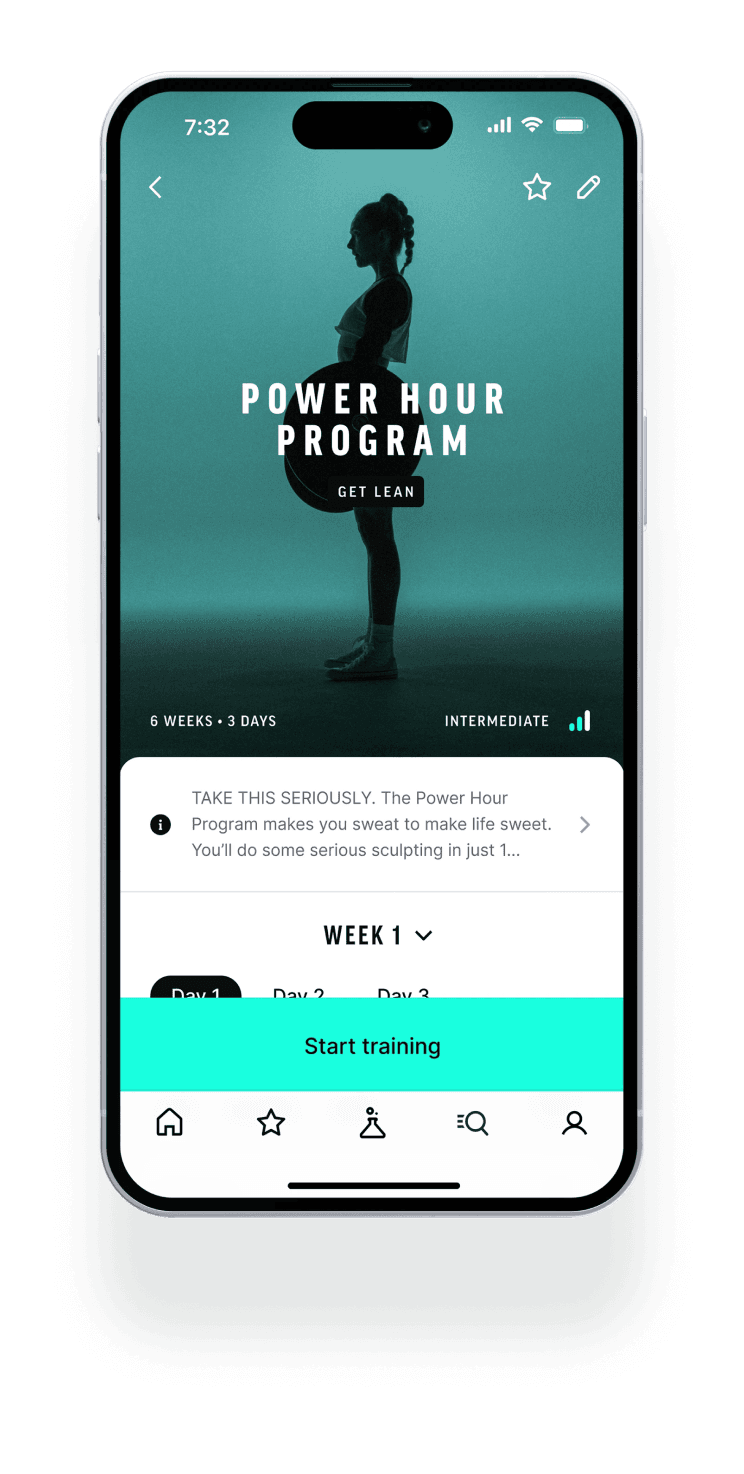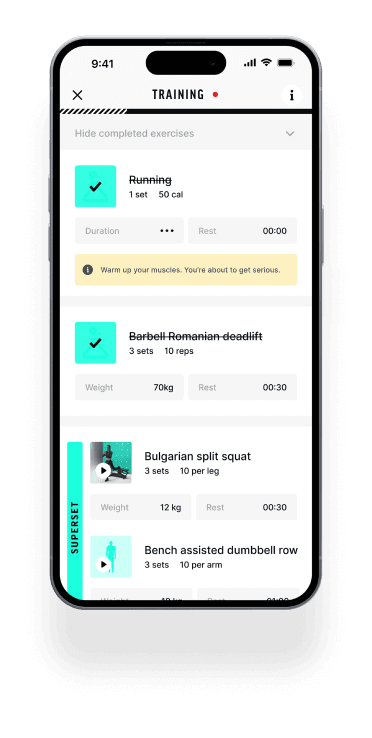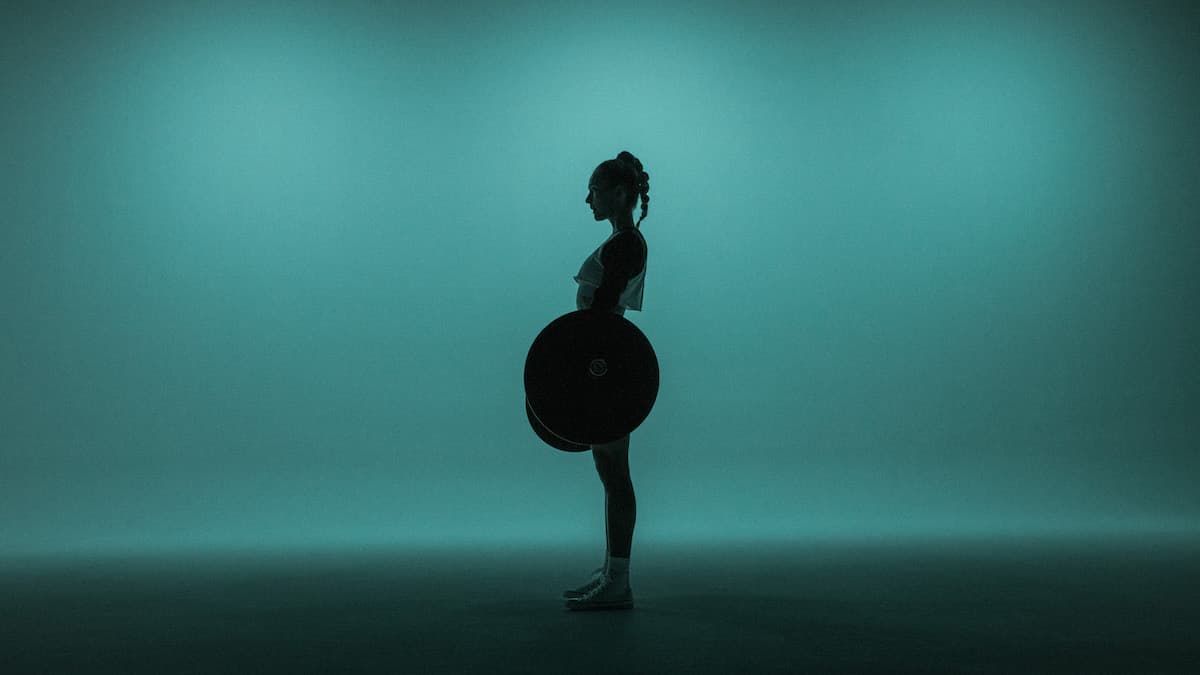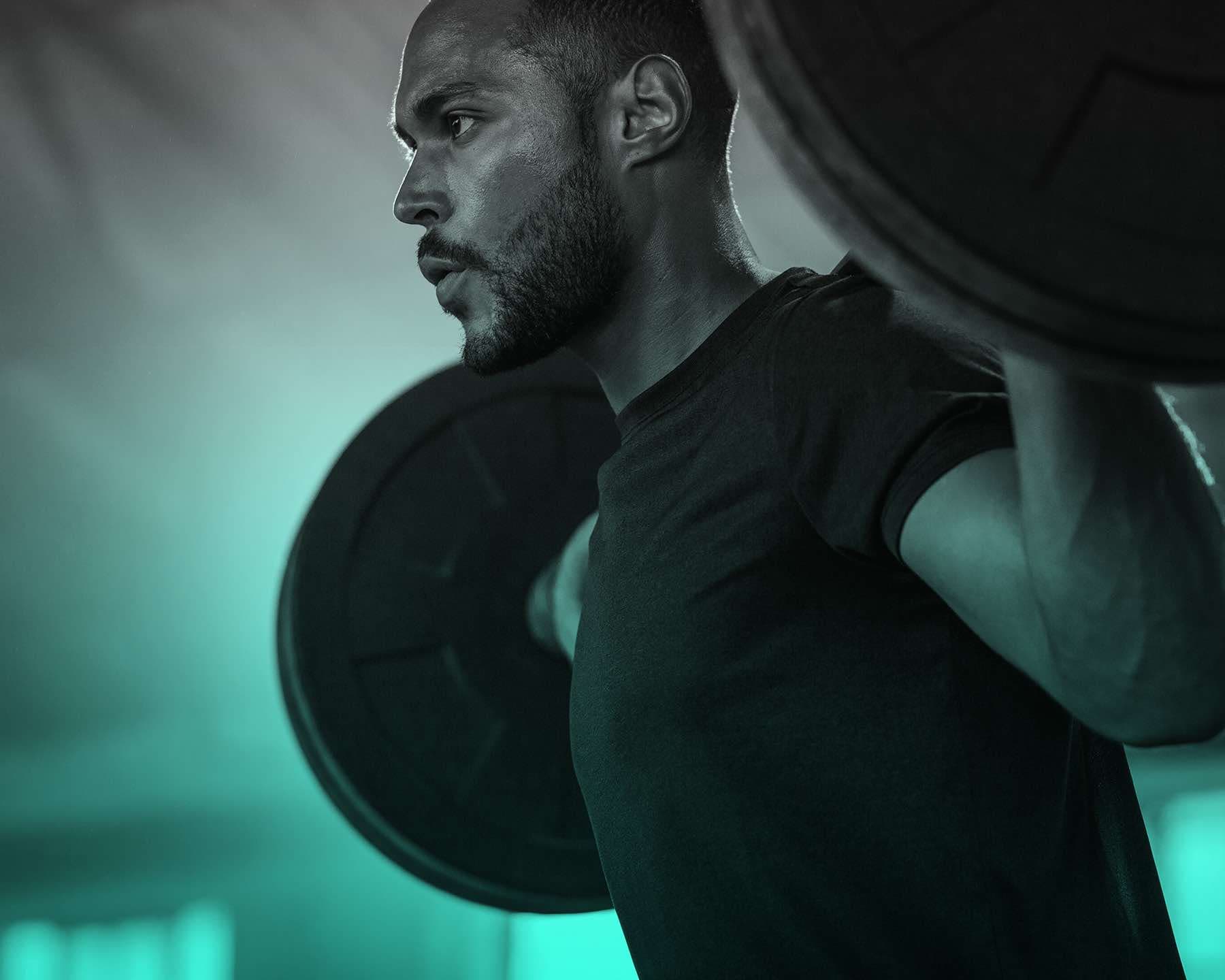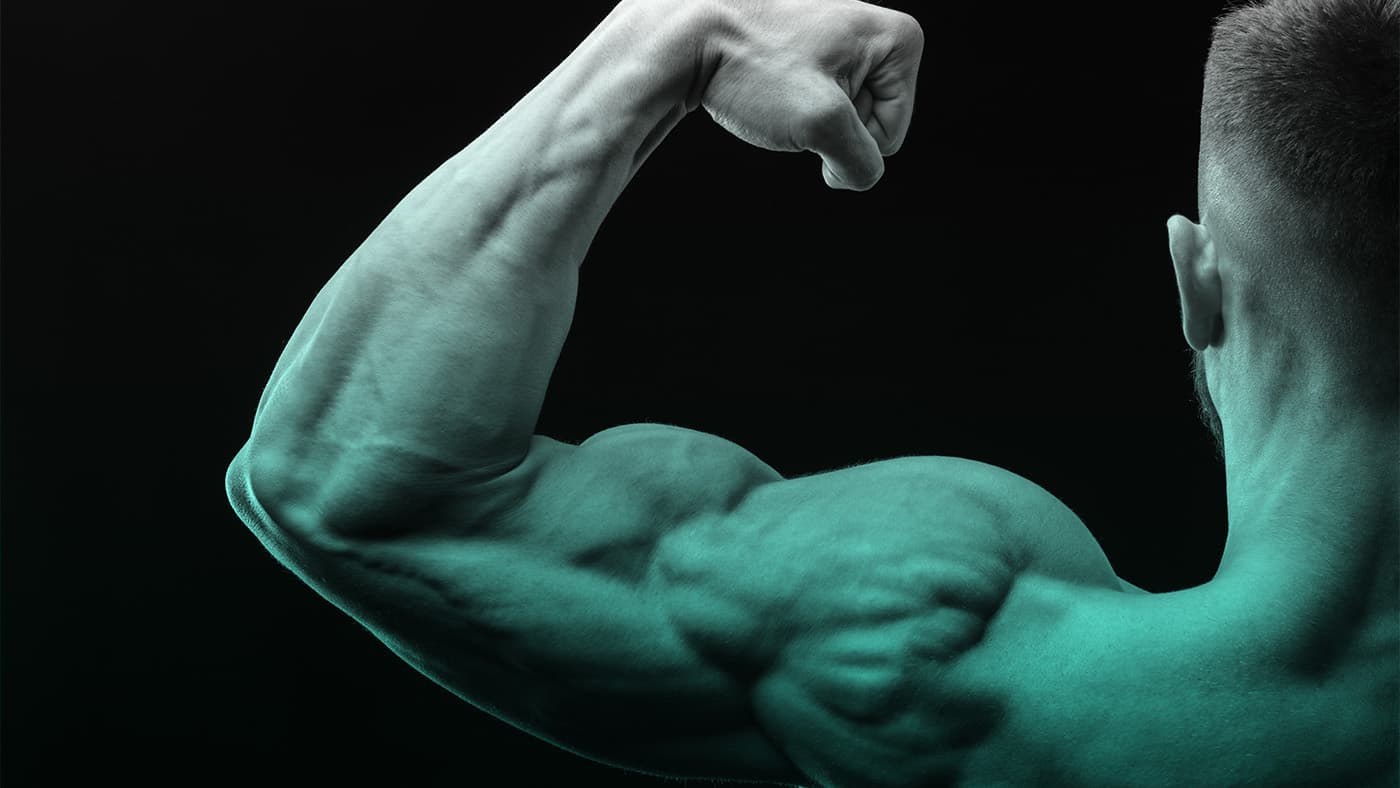Upper Glute Training 101
If you're on the quest to enhance the upper curve of your buttocks, you're in the right place. The gluteus medius is instrumental in crafting that coveted definition at the top of your glutes. But it's not all about aesthetics.
In this article, we'll explore the anatomy of your buttock muscle, the importance of training it, and equip you with 6 effective exercises to target the upper glute region.
Related Read: Booty Training - Your Comprehensive Guide to Butt Exercises.
Anatomy of the Gluteus Medius
Hidden at the top of our buttocks is a remarkable muscle – the gluteus medius. Positioned at the side of your hip and partially beneath the larger gluteus maximus, it's one of the three primary buttock muscles. Its main roles? Moving your leg outward and providing stability during activities such as walking. Every second you stand on one leg, the gluteus medius springs into action. This is why exercises like lunges are pivotal in targeting the upper glutes. It's essential to note that while you can focus on the gluteus medius, other glute muscles also engage in tandem - which is beneficial for overall growth and faster results.
Why Train the Upper Buttocks?
Let's momentarily operate under the assumption that you can train the upper buttocks in isolation. Working on this muscle brings along several benefits:
Aesthetics: It shapes the attractive curve on the top of your buttocks.
Function: A robust gluteus medius enhances stability and can ward off injuries.
Performance: Elevate your sports prowess and overall movement quality with improved balance, reduced injury risks, and amplified glute strength.
In my opinion, these are three compelling reasons to include upper glute exercises in your workout routine. And while you're here, take a peek at one of the most favored buttock workout plans: Glutes Are King.
6 Effective Upper Glute Exercises
Now that you're well-informed about why to train the gluteus medius, let's delve into 6 of our top-selected exercises, listed in no particular order:
1. DUMBBELL REVERSE LUNGE
Any exercise that has you standing on one leg inherently targets the upper glutes. Pair that with a hip extender, and you're engaging the entire glute region. Simply put, the reverse lunge is an invaluable exercise to weave into your routine. If you can ramp it up with dumbbells or a barbell, you're in for some serious muscle growth stimulus.
Step back and lower your trailing knee to the floor, gently touching it right below your hip.
Ensure the heel of your trailing foot remains off the ground.
Maintain a stable upper body, with your front foot fully planted.
Powerfully return to the starting position.
2. DUMBBELL WALKING LUNGE
If the dumbbell reverse lunge is an ace move for the upper buttocks, then the walking lunge steps up the game even more. In fact, we're quite partial to it, primarily because it adds a tad more challenge to your balance. We do recognize, though, that not every gym might accommodate this exercise, which is why the reverse lunge mentioned earlier is a solid substitute.
Step forward and descend with your trailing knee toward the ground until it gently touches, right below your hip.
The heel of your trailing foot should lift off the floor.
Keep your torso as steady as possible, with your leading foot flat on the ground.
Next, step forward using your other foot.
3. CABLE HIP ABDUCTION
Apart from stabilizing the hip, the gluteus medius also facilitates moving the thigh outward. That's precisely what happens during a hip abduction. If you're working your right leg, you're essentially balancing on your left, essentially targeting the upper glutes with both your active and passive leg. Talk about killing two birds with one stone!
Check out the video to see the movement in action – it's straightforward.
Hold onto something for stability.
Execute the exercise with control.
4. SINGLE LEG HIP THRUST
Here's another exercise that extends and stabilizes the hip. This means activating the big glute muscle (gluteus maximus), the small glute muscle (gluteus minimus), and the upper glute (gluteus medius). Three checks for an all-rounded muscle workout.
Maintain a straight back throughout the motion.
Rotate on your shoulder blades to prevent an arched back during the descent. Your head shouldn't rest on the bench.
Drive your heel into the floor, thrusting your buttocks as high as possible. Squeeze those glute muscles hard.
Descend with control, keeping a straight spine.
5. SINGLE LEG BARBELL DEADLIFT
With a dumbbell, the single-leg deadlift is potent; with a barbell, it's a powerhouse. This is primarily because you typically lift heavier, adding to the stability challenge. Once again, you're blending hip stability with extension, ticking all boxes for comprehensive glute development. Sweet!
Keep a straight (neutral) spine throughout the exercise.
Push your heel upward. The rest of your body will naturally follow.
Tense your glutes vigorously during the ascent, finishing in an upright position (avoid leaning back).
Your foot should remain flat on the ground, from heel to big toe, throughout the movement.
6. HIP ABDUCTION IN LUNGE POSITION
This superior upper glute exercise can be done at home if you have resistance bands handy. Plus, at least in our gym, the hip abduction machine tends to be in high demand, making this a worthy alternative.

The more tension on the band, the more intensive the workout.
Ensure your foot remains flat on the floor.
Move your knee outward as far as possible, maintaining that position for a second each repetition.
Tips for Optimizing Results
Training and growing the upper part of your glutes requires consistency, just like with all other muscles. Here are some ground rules to potentially see quicker results:
Progressive Overload: Your muscles only grow if they're doing something they're not used to. Aim for a slight muscle soreness in the days following each training. Too much muscle soreness can be counterproductive, so don't overdo it. If you notice you're not getting sore anymore, consider adding more sets or increasing the weight. This principle is referred to as "progressive overload" in fitness terms.
Variation: Don’t change the exercises in your training routine too often. The longer you stick to a muscle-building routine, the more effective it becomes. But don't let this compromise your motivation. We recommend changing your routine roughly every six weeks. (Check our app for over 50 muscle growth routines focusing on the lower body.)
Technique: Prioritize the quality of your movements. Good form ensures not only optimal muscle activation but also helps prevent injuries. Once you've mastered the technique, then consider adding more weight.
Common Mistakes when Training the Upper Glutes
I always find the term ‘mistake’ a bit blunt. You rarely get things completely wrong. However, for the development of the upper glutes, people often make the following three “errors” which you can avoid:
Overemphasis on the gluteus maximus: While the gluteus maximus is the largest gluteal muscle, don't neglect the gluteus medius if you want to train the upper part of your glutes. If you only do hip thrusts and deadlifts for your glutes, you might be missing out on complete development.
Incorrect form: Performing exercises with poor technique can reduce their effectiveness and increase the risk of injuries. This principle applies to all muscles, not just the gluteus medius.
Excessive weight: Too much weight often compromises form and the activation of the targeted muscle group. With the gluteus medius, the emphasis often shifts to your lower back and other stabilizing muscles if the weight is too heavy.
Signs of a Weak Gluteus Medius
A weak upper glute can lead to problems. Possible signs of a lagging gluteus medius include:
Uneven gait.
Lower back pain.
Hip instability.
Don't play doctor. If you experience persistent pain, book an appointment with someone trained in the field. The above signs of a weak gluteus medius could also indicate weaknesses in many other muscles.
Conversely, a strong gluteus medius aids in walking, reduces the likelihood of back pain, and enhances the stability of the hip joint. This is especially vital for the elderly.

Time to Train Those Glutes!
Training the upper glutes goes beyond aesthetics. A strong gluteus medius provides stability, power, and aids in injury prevention. With the right exercises, technique, and dedication, you can achieve remarkable results. So, lace up those sneakers and get to work on that gluteus medius! Check our app for over 50 comprehensive training routines focusing on holistic lower body development. Track your weights and ensure each exercise is performed with proper form. Let's get serious.
START TRAINING SERIOUSLY
Discover new training methods based on scientific knowledge, improve your form and technique and seriously track your fitness goals.
